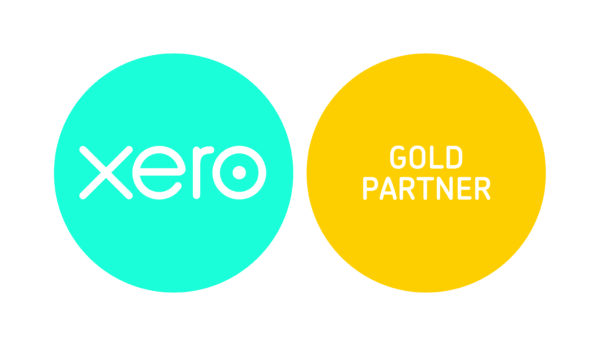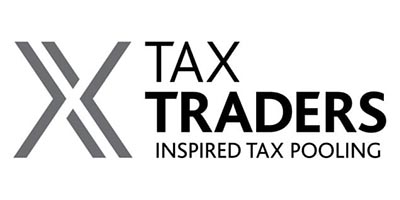The IRD has introduced a new method for calculating and paying provisional tax. Accounting Income Method uses new functionality included in approved accounting software to work out payments.
So why a new method and why AIM. What you need to know.
Who can use AIM?
From April 2018 small businesses that have turnover of less than $5 million a year can work out their provisional tax using this method. AIM is basically a pay-as-you-go choice for businesses with turnover under $5 million a year, and will suit businesses wanting to keep up-to-date and on top of their tax obligations. Small businesses choosing AIM will pay provisional tax in line with their cashflow.
However note that business which have investments in foreign investment funds (FIF) or controlled foreign companies (CFC) for the income year or are in a transitional year (a year in which you’ve changed your balance date) cannot use AIM. You cannot use AIM if you are a partnership, trustees and beneficiaries of a trust, Māori authority, superannuation fund or a portfolio investment entity (PIE).
What software do I have to implement in-order to use AIM?
Currently only the below are approved accounting software available for business who want to use this method.
- MYOB (MYOB AccountRight Live & MYOB Essentials Accounting)
- Reckon
- APS software
- Xero (Xero Tax Practice Manager)
Why has the IRD introduced a new method?
Compliance with provisional tax has always been a major issue for the IRD. Small and Medium business either do not completely understand how provisional tax works or they have cashflow issues in meeting their obligations. The IRD is trying to increase compliance by addressing these issues with AIM.
Benefits of using AIM
Use of money interest – A business using AIM to calculate and pay provisional tax will not be charged use of money interest unless the business has failed to pay the instalments as calculated under AIM.
No big tax bill at the end of the tax year – It is expected that businesses who use AIM will either no longer have terminal tax liabilities (on the basis that their tax payments will be made in near real-time, and based on actual results), or there will be a small difference between their provisional tax payments and their final liability.
Great for start-ups – AIM will be great for start-ups because they only pay tax on results they have achieved. AIM should also work well for businesses that are seasonal or have fluctuating income because the payment of taxes adjusts with how much revenue you earn.
Responsive to change – AIM will also be responsive to changing business conditions. If economic conditions tighten and a business’ tax liability drops, Inland Revenue will refund overpayments, in much the same way that GST refunds are handled.
Drawbacks of using AIM
Compliance cost – Despite the IRD saying that AIM will not increase compliance cost, we disagree. Small Business using alternate accounting software or no software at all will have to switch to one of the approved accounting software programs.
Since statements of activity will be required to be filed throughout the year there will be additional accounting costs involved.
Late filing and payment penalties still apply – If a statement of activity is filed but payment isn’t made, penalties and interest will apply to the underpayment. These will continue to apply until you make payment.
Not filing statement of activity can switch you over to estimation option by default – You can’t miss filing more than two statements of activity. If you do, you will no longer be able to use AIM and you’ll be treated as using the estimation option. The estimation option will apply as if you have been in it for the whole year. This will result in exposure to use-of-money interest.
Overall
AIM provides a good alternative to provisional tax calculations and payment however it will not be suitable for all businesses. It might be very beneficial for some businesses whereas detrimental for others. Talk to us if you are thinking of using AIM for your business.






